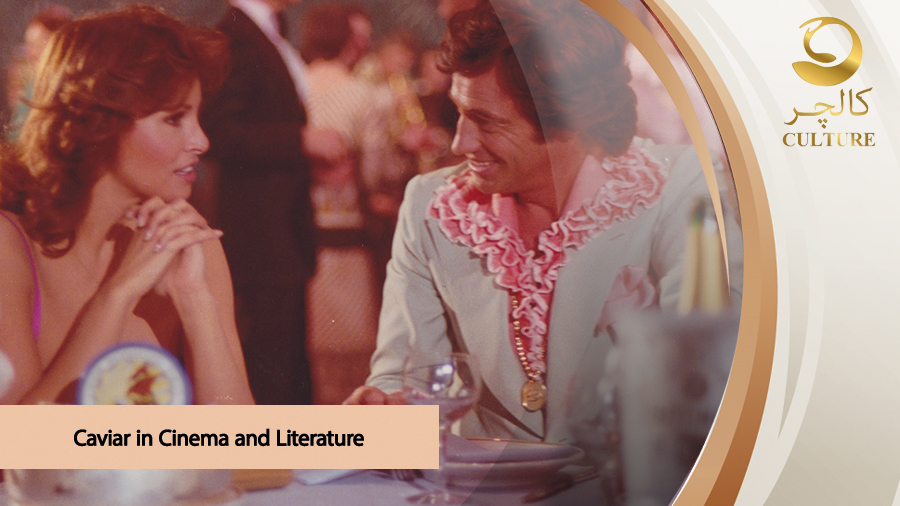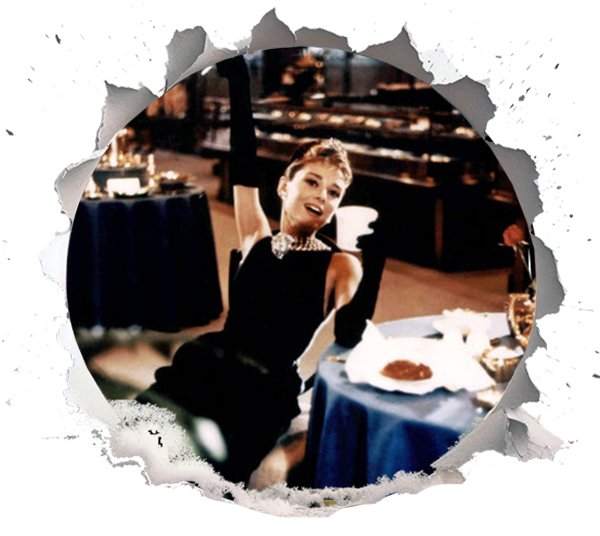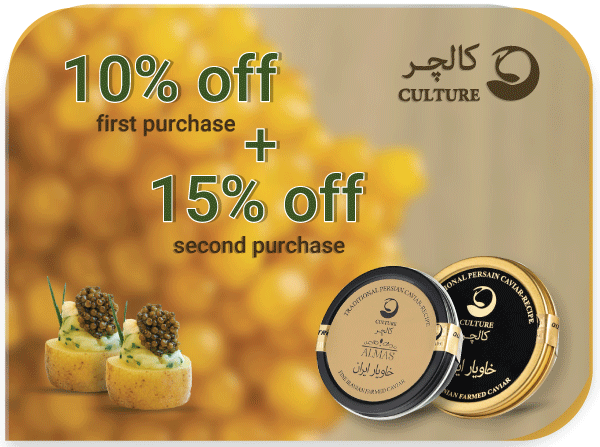Caviar in Cinema and Literature: A Symbol of Luxury and Intrigue

Caviar, the epitome of indulgence, has long been a symbol of opulence and sophistication. Its presence in cinema and literature is no accident; it serves as a powerful metaphor for wealth, power, and intrigue. From the glitzy world of James Bond to the pages of classic novels, caviar has been a recurring motif that captures the imagination of audiences and readers alike. In this article, we’ll explore how caviar in cinema and literature has shaped its perception as a luxury item.
Caviar in Cinema: A Taste of Extravagance
When it comes to portraying luxury on the silver screen, few foods carry the same weight as caviar. Its appearance in films often signals a world of wealth, decadence, and sometimes, danger. One of the most iconic examples is the James Bond franchise. In Skyfall (2012), Bond, played by Daniel Craig, is seen sipping champagne and indulging in caviar at a lavish Macau casino. The scene is a masterclass in visual storytelling, using caviar to underscore the high-stakes world Bond inhabits.
But Bond isn’t the only character to enjoy this delicacy. In Pretty Woman (1990), Julia Roberts’ character, Vivian, famously struggles with escargot but later revels in the luxury of caviar, symbolising her transformation from streetwalker to sophisticated companion. Similarly, in Ocean’s Thirteen (2007), caviar is used as a prop to highlight the opulence of the casino heist setting.

Statistics show that the global caviar market was valued at approximately $336 million in 2022, with demand driven by its association with luxury and exclusivity. This is no surprise, given how often it appears in films as a shorthand for affluence. Beluga Caviar, known for its large, delicate pearls and buttery flavour, is often the variety depicted in these scenes, further cementing its status as the pinnacle of luxury.
Caviar in Literature: A Metaphor for Power and Desire
Literature, too, has embraced caviar as a symbol of wealth and intrigue. In F. Scott Fitzgerald’s The Great Gatsby (1925), caviar makes a subtle yet significant appearance at one of Gatsby’s extravagant parties. The novel, set during the Roaring Twenties, uses caviar to illustrate the excesses of the Jazz Age. Gatsby’s lavish spreads, complete with mounds of caviar, serve as a backdrop to the novel’s exploration of ambition, love, and the American Dream.
Similarly, in Ian Fleming’s Casino Royale (1953), the original Bond novel, caviar is mentioned alongside champagne, setting the tone for the high-stakes world of espionage. Fleming’s attention to detail—whether it’s the brand of caviar or the vintage of the champagne—adds a layer of authenticity to his narratives, making the luxury feel tangible.
Even in more contemporary literature, caviar continues to play a role. In The Devil Wears Prada by Lauren Weisberger (2003), caviar is used to highlight the stark contrast between the protagonist’s humble beginnings and the glamorous, cutthroat world of high fashion. The novel’s depiction of caviar as a status symbol resonates with readers, reinforcing its cultural significance.
The Exclusivity of Beluga and Almas Caviar
While caviar in general is synonymous with luxury, certain varieties stand out for their rarity and prestige. Beluga Caviar, sourced from the Beluga sturgeon in the Caspian Sea, is often referred to as the “king of caviar.” Its large, glossy pearls and rich, creamy flavour make it a favourite among connoisseurs. However, overfishing and environmental concerns have led to strict regulations, making Beluga Caviar even more exclusive. But you can still buy Beluga Caviar with high quality and better prices online.
Then there’s Almas Caviar, the rarest and most expensive caviar in the world. Harvested from the eggs of albino sturgeon, Almas Caviar is known for its pale golden hue and unparalleled smoothness. A single kilogram can fetch prices upwards of £25,000, making it a true indulgence for the elite. Its name, which means “diamond” in Persian, is a fitting tribute to its rarity and brilliance. Almas Caviar is often considered the most expensive caviar, a title that underscores its unparalleled status in the world of luxury foods.
Caviar as a Cultural Icon
The portrayal of caviar in cinema and literature has undoubtedly contributed to its status as a cultural icon. It’s not just a food item; it’s a symbol of aspiration, power, and mystery. Whether it’s Bond enjoying a spoonful of Beluga Caviar or Gatsby serving it at one of his legendary parties, caviar has become a shorthand for the finer things in life.

Interestingly, the global caviar market is projected to grow at a compound annual growth rate (CAGR) of 7.5% from 2023 to 2030, driven by increasing demand in emerging markets and its enduring association with luxury. This growth is a testament to caviar’s timeless appeal and its ability to adapt to changing cultural landscapes.
Conclusion: A Timeless Symbol of Luxury
From the silver screen to the pages of classic novels, caviar has cemented its place as a symbol of luxury and intrigue. Its portrayal in popular culture has not only enhanced its mystique but also reinforced its status as a coveted delicacy. Whether it’s the creamy pearls of Beluga Caviar or the golden rarity of Almas Caviar, this exquisite treat continues to captivate and inspire.
As we’ve seen, caviar in cinema and literature are more than just passing references; they are powerful tools that evoke a sense of grandeur and sophistication. So, the next time you see caviar in a film or read about it in a book, take a moment to appreciate its rich cultural significance. After all, it’s not just a food—it’s a story.
By exploring the intersection of caviar, cinema, and literature, we gain a deeper understanding of how this luxurious delicacy has shaped—and been shaped by—our collective imagination. Whether you’re a film buff, a book lover, or simply a fan of fine dining, caviar’s enduring allure is impossible to ignore. And while caviar myths may persist, the truth is that its legacy as a symbol of luxury is as real as the pearls themselves.


Caviar is a metaphor for luxury and power and I believe that is myth also 🤔
Caviar is indeed the symbol of luxury and that’s why it is called the “Black Gold”.😊 BUT, who says it’s not affordable? check out our shop for the best prices.😉
Ya I believe that it is affordable